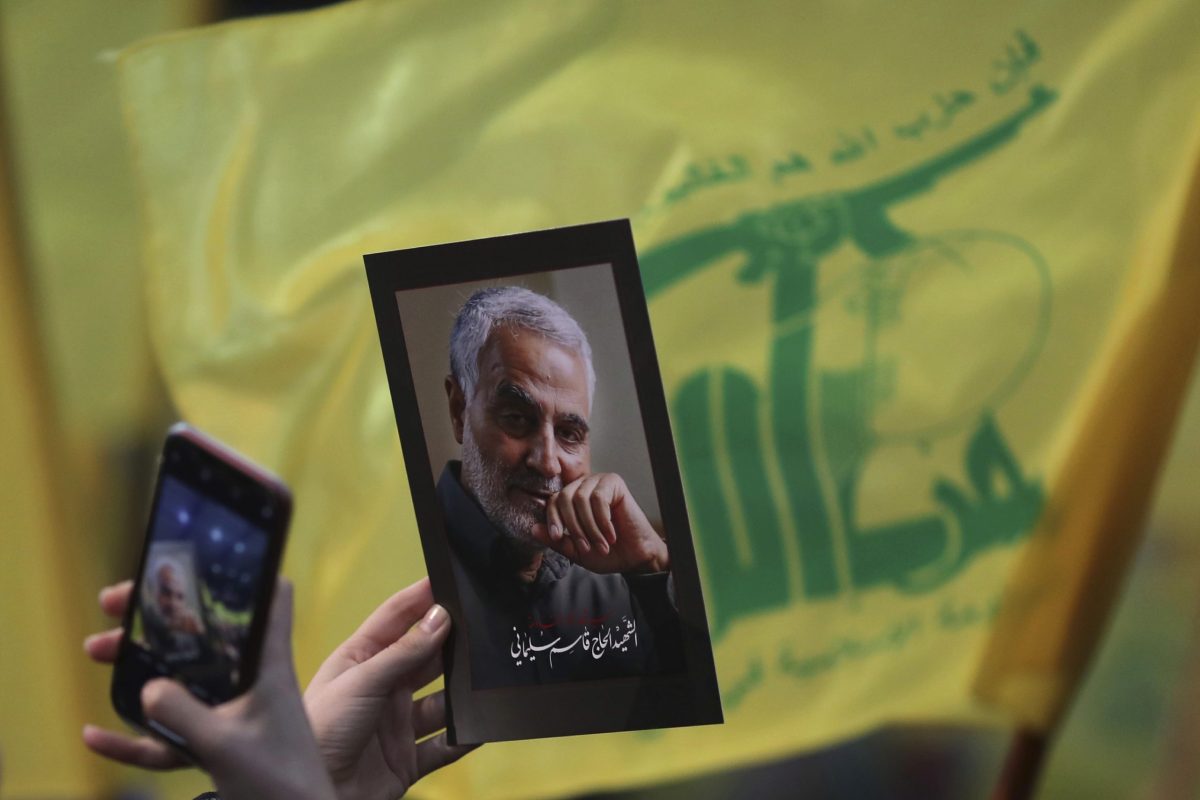
At a time when power dynamics in the Middle East region are in flux due to the shifting circumstances of the Islamic State, the drawdown of U.S. troops in the region, and the intensification of Iranian-backed attacks on U.S. and Saudi Arabian targets in the region, an historical look at the support Iran and Lebanese Hezbollah (LH) provided to proxies during the Syrian civil war may yield insights into Iran’s past and present playbook not only in Syria but potentially other contexts. The civil war in Syria was a unique catalyst that intensified Iranian economic, political, and religious activity in the country, which was ongoing since the 1980s. During the conflict, Iran demonstrated the ability to exert influence tactically while also building a religious and social support base in Syrian society. Iran achieved these goals, in part, through raising and supporting various non-state militant groups in Syria.
Drawing on open sources and interviews with subject matter experts, this report investigates the nature of Iranian and LH support to proxies operating in Syria from 2011 to 2019. While the nature of Iran’s proxy network is dynamic, it is useful to investigate the network at its peak years to understand existing and potential future structures and capabilities for Iranian external operations. This report investigates support from Iranian actors—inclusive of the IRGC and its various components, notably the Quds Force (IRGC-QF), as well as the Iranian government more generally—and LH through the lens of kinetic (e.g., joint attacks between the militias and Iranian actors and/or LH, personnel placed with militias, and training and weapons provided to militias) and non-kinetic assistance (e.g., funding, logistical support, recruitment and social service assistance, and meetings between Iranian actors and/or LH and militias). Looking at these two categories of support provides a more holistic snapshot of Iranian influence and capacity-building with proxies in Syria.
The report’s findings indicate a pattern of support on the part of Iran and LH that potentially indicates a phased rollout of battlefield-related supports to be replaced with longer-term societal entrenchment efforts. Furthermore, Iran and LH share a division of labor between Iranian actors and LH for kinetic supports, but not non-kinetic ones. Specifically, this report found training, weapons provisions, funding, and joint attacks among the most common supports provided by Iran and LH. Finally, of all Iranian actors, this report found the IRGC to be the most prolific supporter to proxies operating in Syria.
 Skip to content
Skip to content

